
Acrylic Face Mounted Prints Schnorr von Carolsfeld, Julius Domine, quo vadis Print 14 x 11
The Church of Domine Quo Vadis in Rome is built where the meeting between Peter and Jesus traditionally took place. The words "quo vadis" as a question also occur at least seven times in the Latin Vulgate. [3]
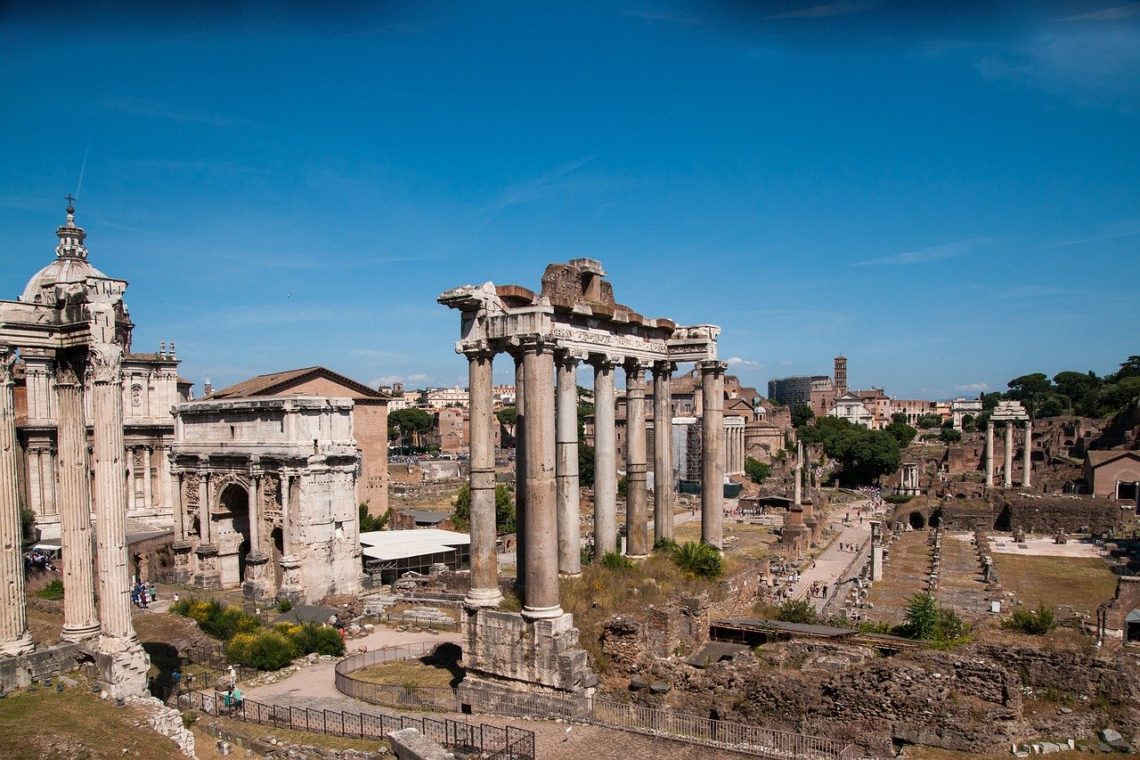
Quo vadis, Domine? Istis
Domine quo vadis? (Lat., 'Lord, whither goest thou?'). Acc. to the apocryphal Acta Petri (see Peter, acts of), St *Peter was persuaded by the Church towards the end of his life to flee from Rome to escape persecution. Meeting the Lord on the way, he addressed to Him the question 'Domine quo vadis?' and received the answer, 'I go to.

Quo Vadis Domine Original Print on Natural Canvas and Etsy
[Explain the Passion of Christ] Christ Appearing to Saint Peter on the Appian Way Detail, Annibale Carracci, Christ Appearing to Saint Peter on the Appian Way (also known as Domine quo vadis ), 1601-02, oil on wood, 77.4 x 56.3 cm (The National Gallery)

Quo Vadis Film (1951) SensCritique
Just southeast of Rome stands the small church of St. Mary in Palmis, better known as the Church of Domine Quo Vadis. It takes its name from the legend of St. Peter's meeting with Christ as he.

Chiesa del Domine Quo Vadis, Rome
The Church of Domine Quo Vadis ("Lord, where are you going?") is located on the spot where tradition says St. Peter, hightailing his way out of Rome to avoid persecution, had a vision of the.
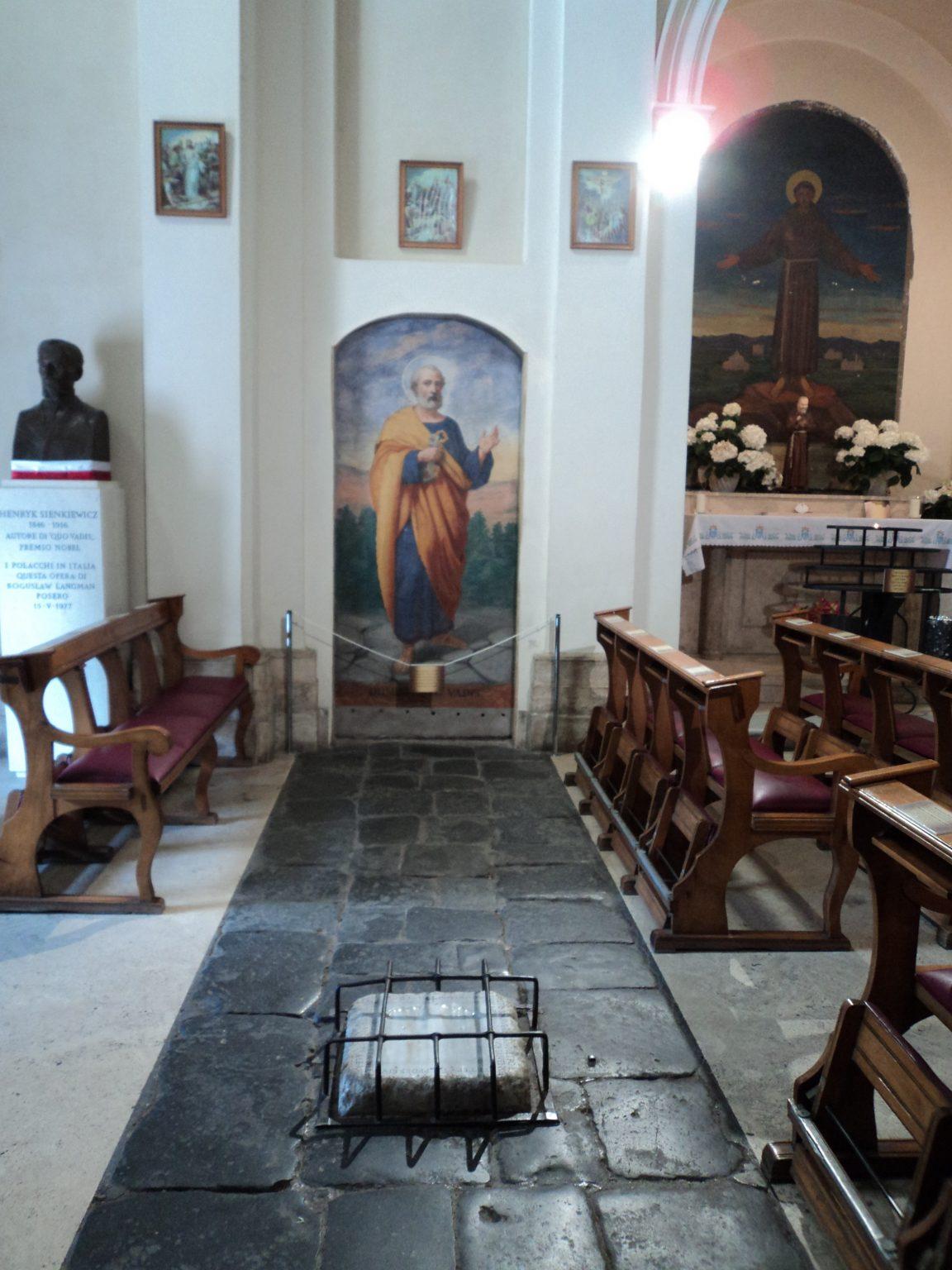
IGLESIA DEL DOMINE QUO VADIS ROMA INFINITA
Santa Maria in Palmis ( Italian: Chiesa di Santa Maria delle Piante; Latin: Sanctae Mariae in Palmis ), also known as Chiesa del Domine Quo Vadis, is a small church southeast of Rome.
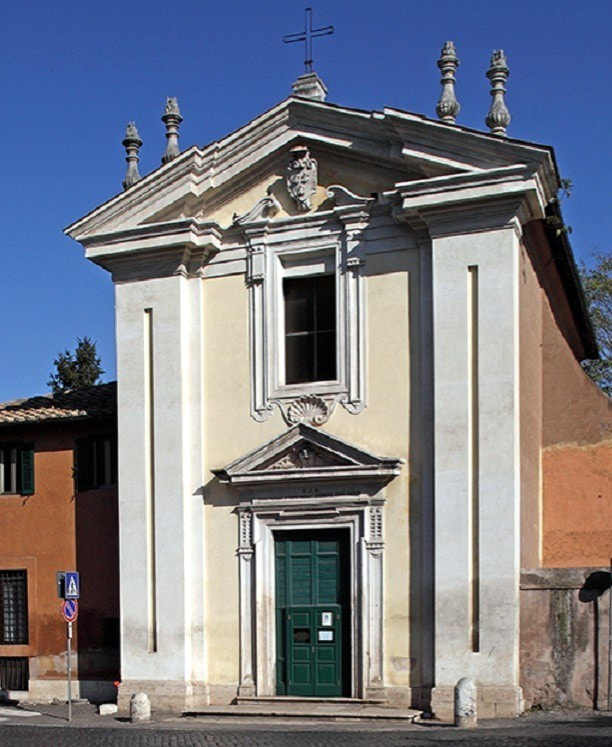
The Church of Domine Quo Vadis, Rome Walks in Rome (Est. 2001)
Domine Quo Vadis by Annibale Carracci is an oil on panel painting that has dimensions of 77 × 56 centimeters (30 × 22 inches). 8. Where is the painting located today? The painting didn't stay in the collection of the Aldobrandini as it was sold to an Engish art collector named Alexander Day (1745-1841).
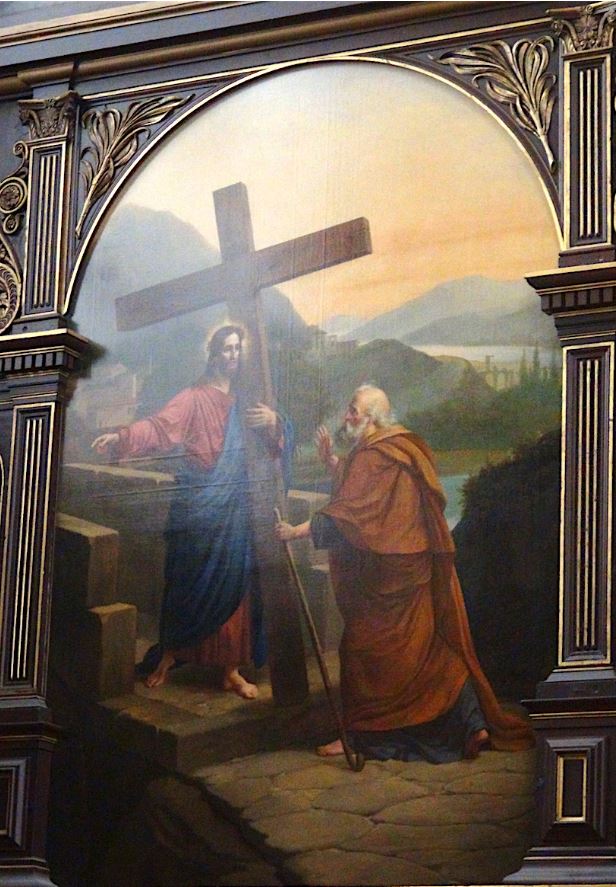
Annibale Carracci. Domine quo vadis ? (160102)
Detail, Annibale Carracci, Christ Appearing to Saint Peter on the Appian Way (also known as Domine quo vadis ), 1601-02, oil on wood, 77.4 x 56.3 cm (The National Gallery) While the Carracci advocated a return to Renaissance ideals of clarity and the direct study of nature (which they felt the Mannerist artists had rejected), this work is.

Quo vadis, Domine by GM da "Quo Vadis" 1951 YouTube
Domine, quo vadis? is a 1602 painting by the Italian Baroque painter Annibale Carracci (1560-1609), depicting a scene from the apocrypha Acts of Peter. It is housed in the National Gallery, where it is given the title Christ appearing to Saint Peter on the Appian Way. The subject is a rare representation in art of the theme Quo vadis.
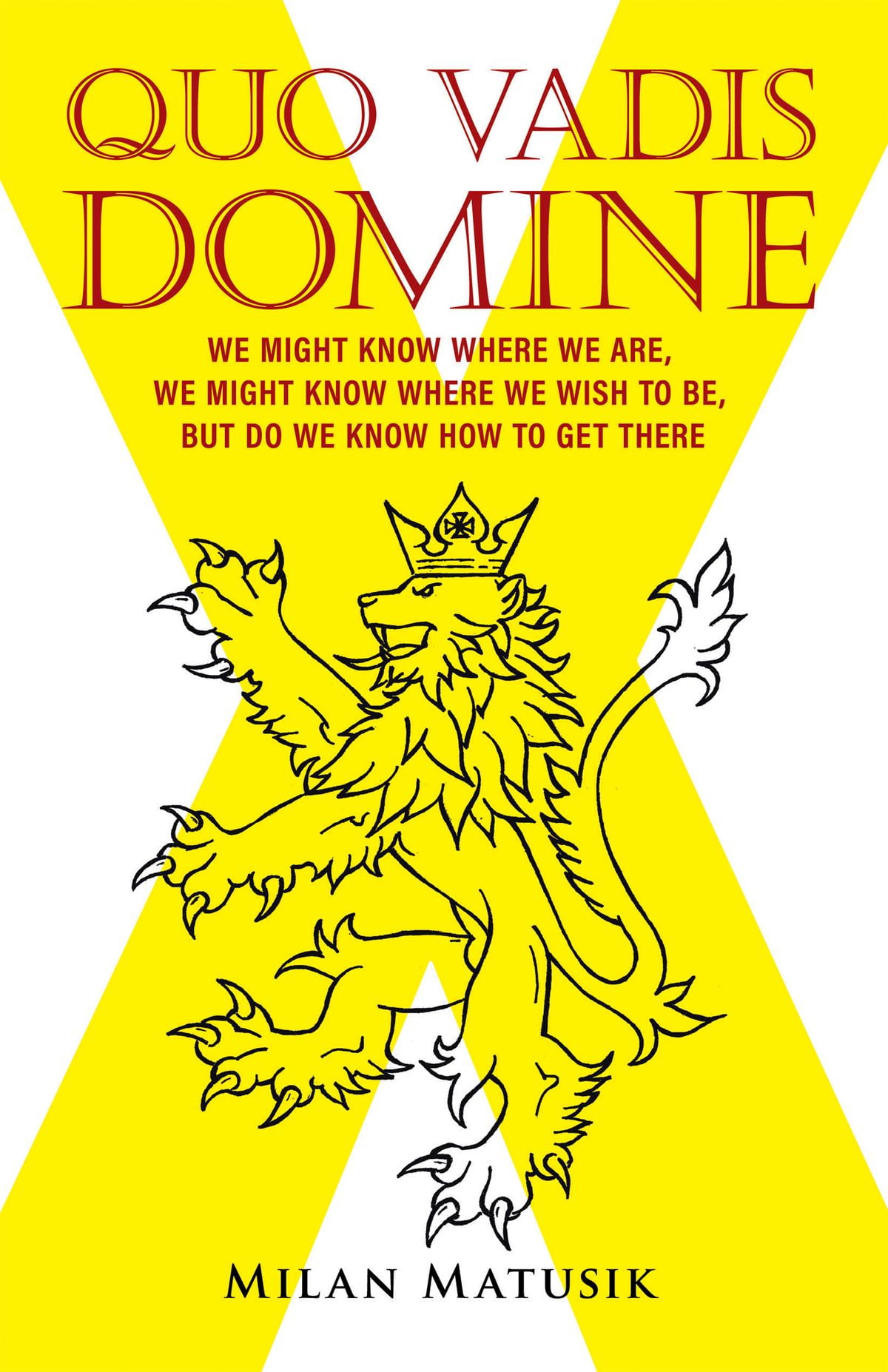
Quo Vadis Domine eBook
The meaning of DOMINE, QUO VADIS? is Lord, where are you going? —said by St. Peter who when fleeing persecution in Rome meets the risen Christ returning there to be crucified again.
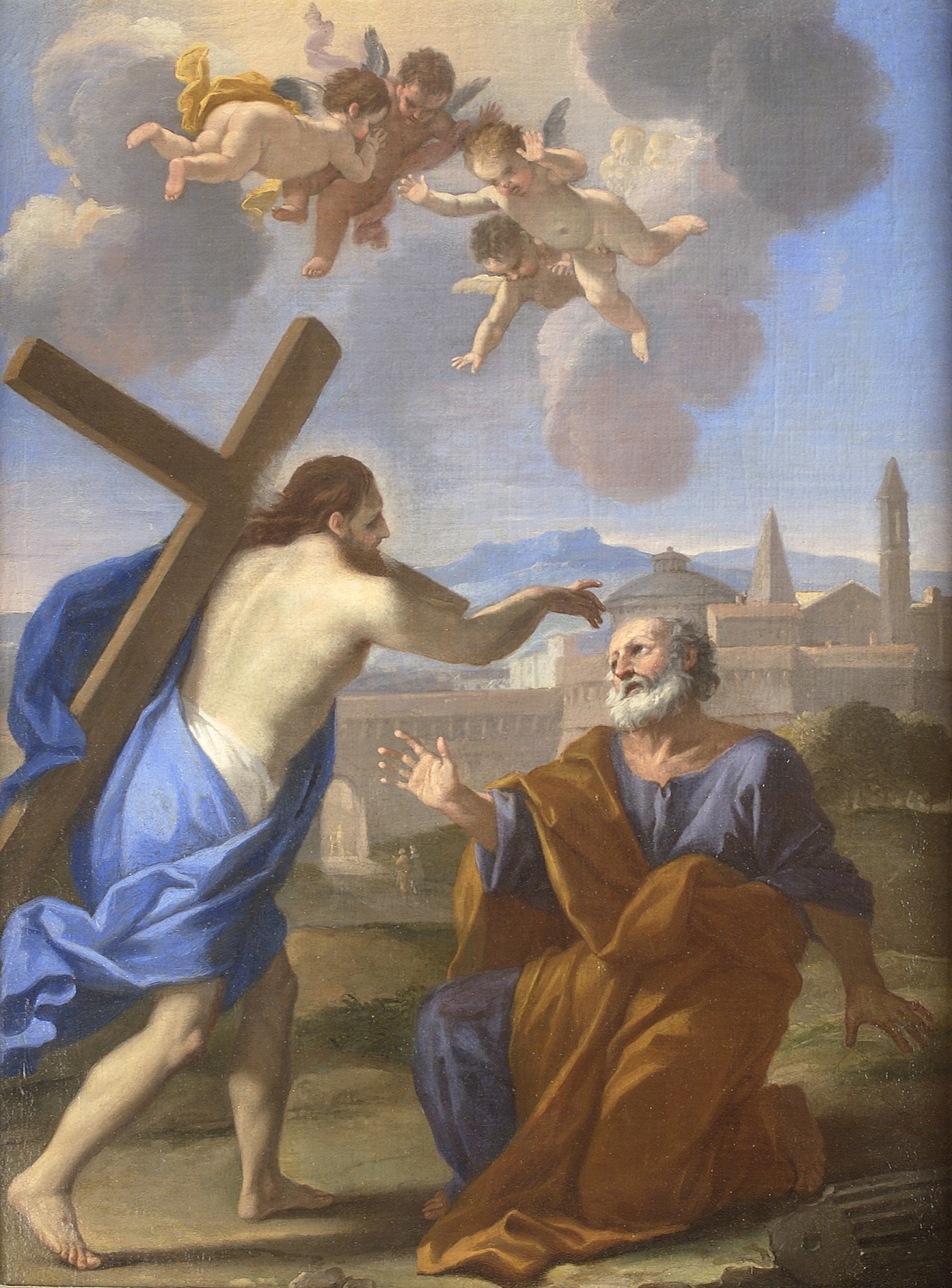
LUIGI GARZI (Pistoia, 1638 Rome, 1731) Domine Quo Vadis? Ref.76242
The Quo Vadis tradition is the story of St. Peter's flight from the Emperor Nero's persecution of Roman Christians in the first century. As legend has it, Peter decided to flee Rome at the outbreak of the persecution, perhaps in fear, perhaps because he thought "the rock" should be somewhere safe so others could eventually find and.
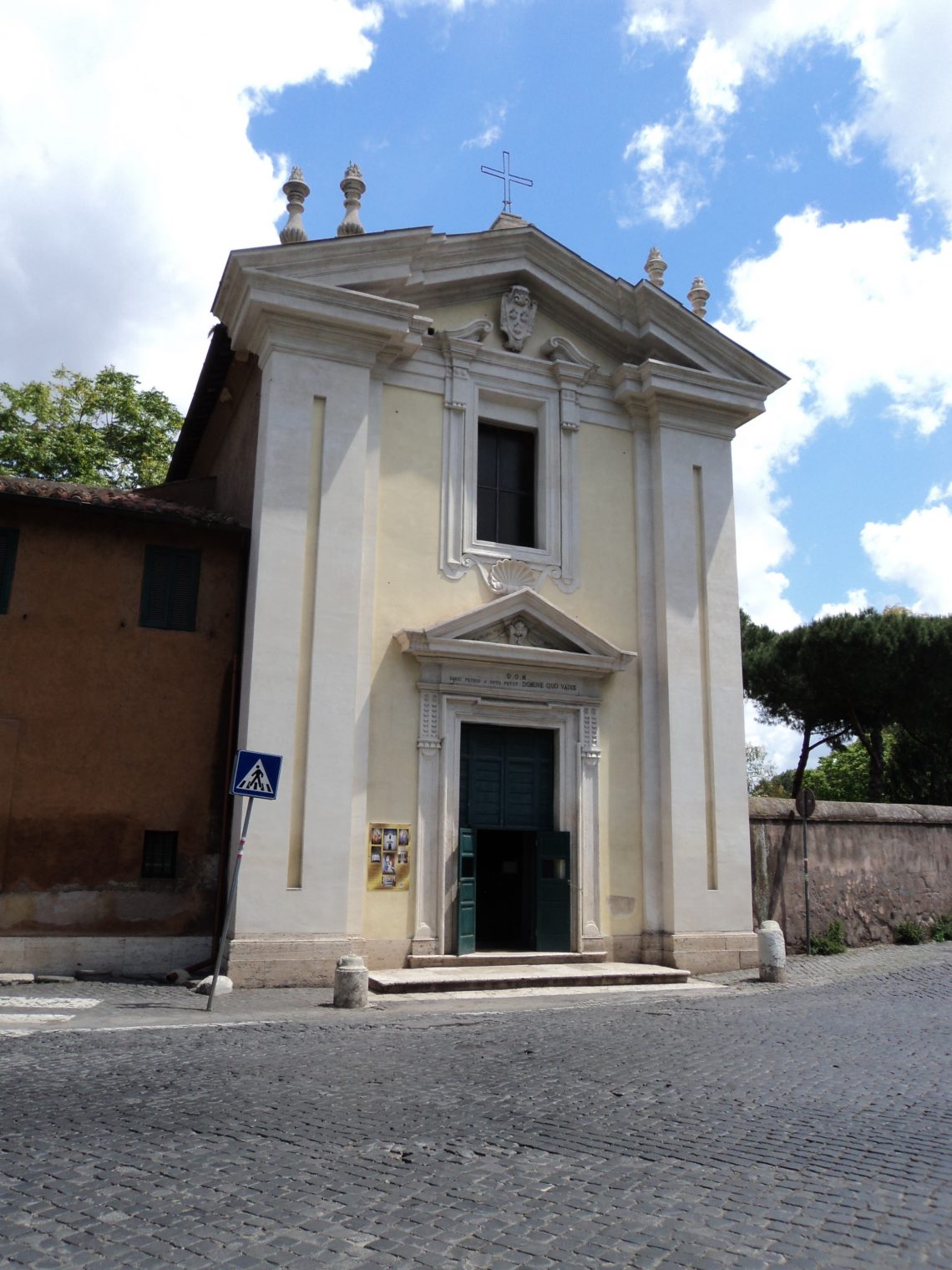
IGLESIA DEL DOMINE QUO VADIS ROMA INFINITA
Domine Quo Vadis The Latin phrase Quo Vadis denotes an episode from the life of Saint Peter, as told in the New Testament Apocrypha and the 'Golden Legend'. Peter fled from Rome during the persecution of Christians under the emperor Nero; as he was travelling along the Appian Way he met Christ in a vision.
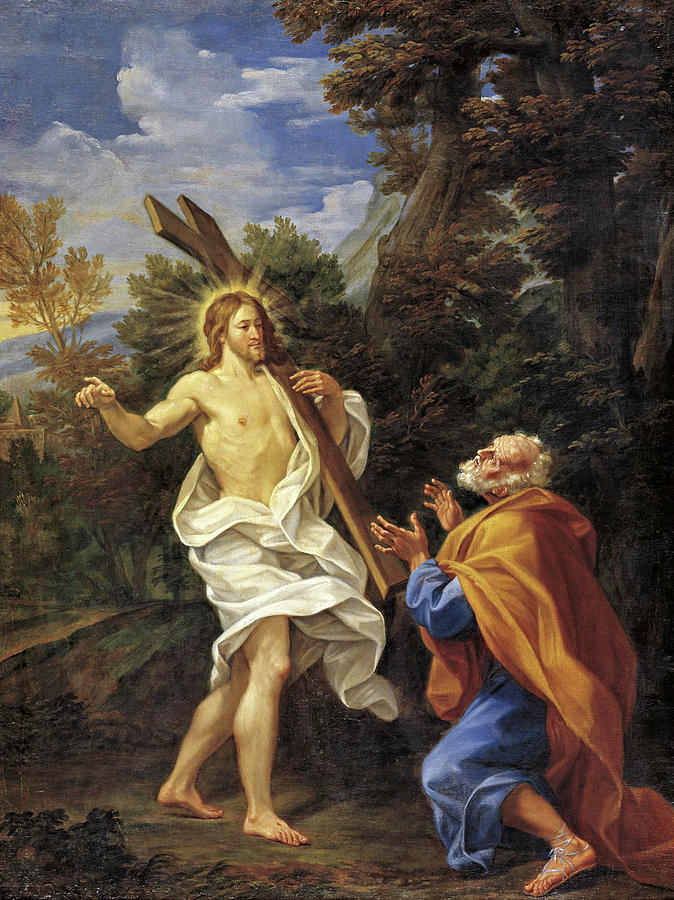
Domine Quo Vadis? Painting by Giovanni Odazzi Fine Art America
QUO VADIS. Quo Vadis or Domine, quo vadis?, meaning Lord, where are you going?, a text from the Apocryphal Acts of Peter composed c. a. d. 190, probably in Syria or Palestine. An anecdote based on the text became a legend in patristic times and is referred to by origen (Comm. in Joan. 20.12; Patrologia Graeca 14:600) and ambrose of milan (Sermo Contra Auxentium 13).
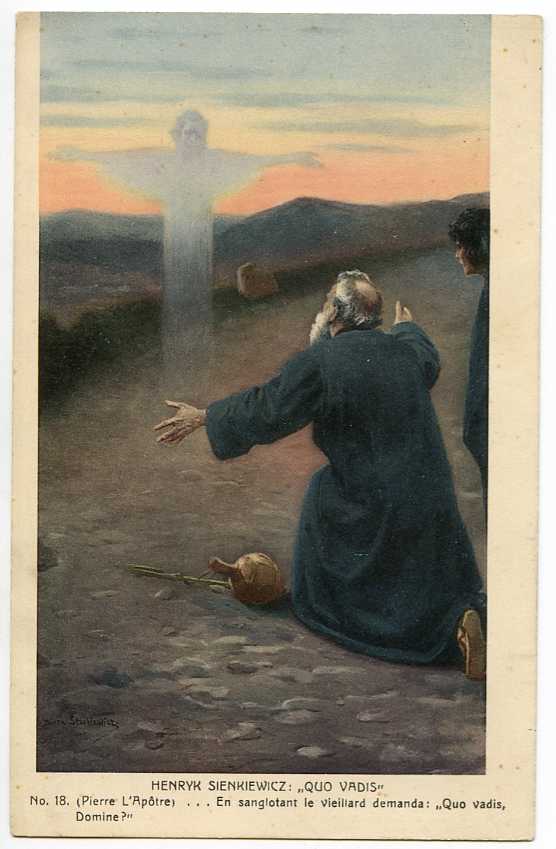
Quo Vadis Domine? w MUSEUM TOMATORUM Pamiątki Przeszłości w
Saint Peter fled Rome after Christ's crucifixion, scared that he too would be executed by the Romans; here, he stands in shock as Christ passes him on the road. When Peter asked Christ where he was going - the question in this painting's title - he replied that he was headed to Rome to be.

Księgoraj QUO VADIS, DOMINE?
The novel Quo Vadis tells of a love that develops between a young Christian woman, Lygia (Ligia in Polish) and Marcus Vinicius, a Roman patrician. It takes place in the city of Rome under the rule of emperor Nero, c. AD 64. Sienkiewicz studied the Roman Empire extensively before writing the novel, with the aim of getting historical details correct.
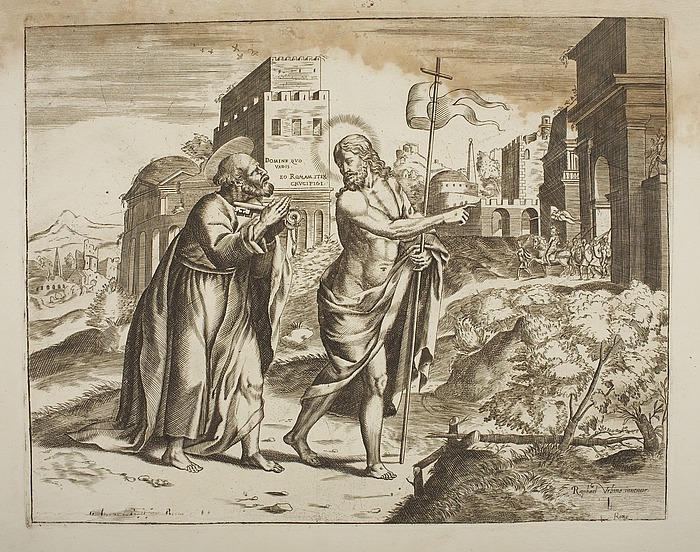
Domine quo vadis E1945 Thorvaldsensmuseum
The Church of Domine Quo Vadis used to have an inscription above its door that read: Stop your walking, traveller, and enter this sacred temple in which you will find the footprint of our Lord Jesus Christ when He met with St. Peter who escaped from the prison. An alms for the wax and the oil is recommended in order to free some spirits from.